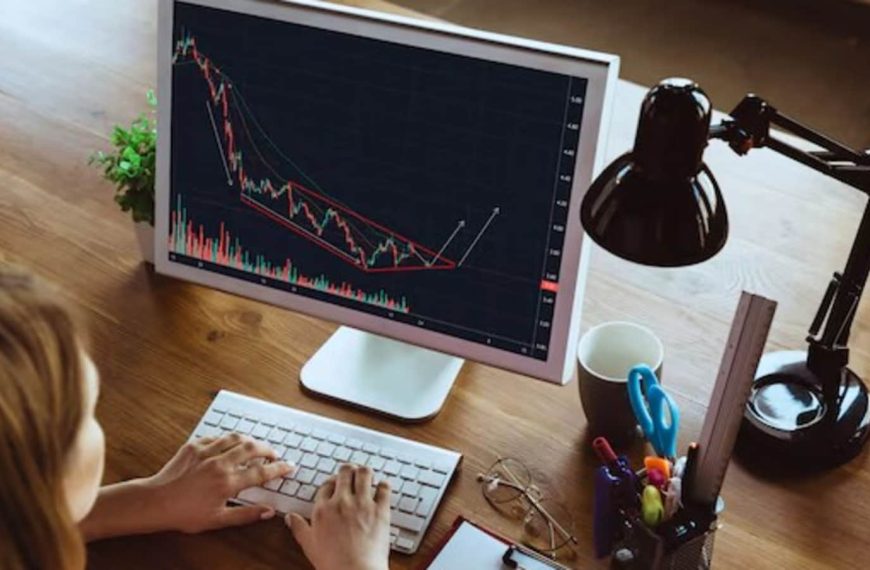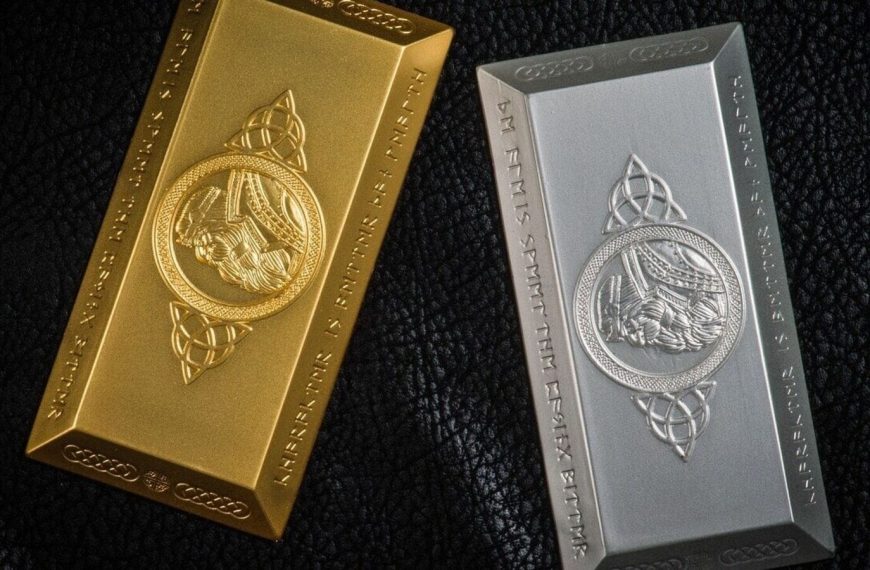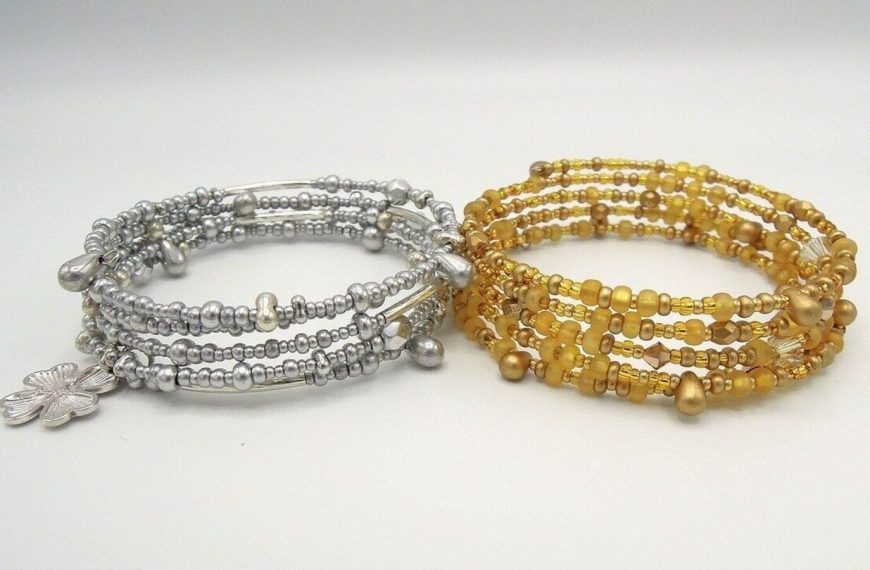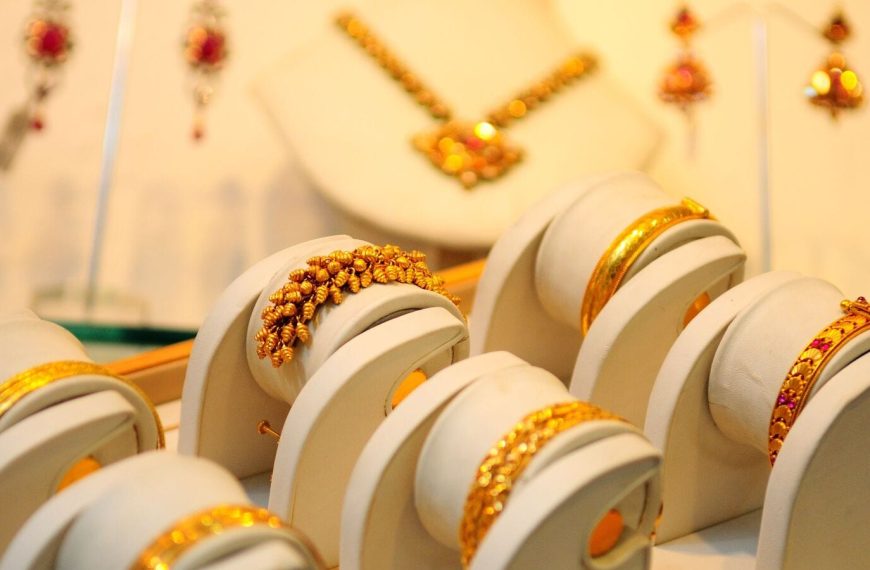As the world grapples with rising economic uncertainties, the appeal of gold continues to shine brighter than ever. Investors are increasingly turning to this precious metal as a safe haven amid a backdrop of volatile equity markets and escalating global trade tensions, largely influenced by former President Donald Trump’s tariff strategies. This trend has led to remarkable surges in gold prices, marking a significant shift in investment behavior.
Record Highs Amid Trade Wars
In a striking development, spot gold prices reached a staggering $3,164 per troy ounce on Wednesday, setting a new standard for the metal in 2025. This surge is primarily attributed to Trump’s announcement of reciprocal tariffs affecting 180 countries, further intensifying trade disputes. These tariffs, which include a 10% baseline on imports, aim to negotiate lower duties on U.S. goods but have raised concerns about a potential global trade war.
- Key tariffs include:
- China: 34%
- European Union: 20%
- Japan: 24%
- Automobiles: 25%
With these measures, economists warn that retaliatory actions from other nations could create significant disruptions, jeopardizing global economic stability.
Gold’s Bullish Momentum
Following a remarkable performance in 2024, gold prices have maintained their upward trajectory into the new year. Initially, investors were optimistic about pro-growth policies under the Trump administration; however, ongoing tariff-related developments have shifted their focus toward safer investments.
- First quarter of 2025 saw gold prices soar by 19%, marking the most significant quarterly gain since 1986.
Over the past two years, gold has appreciated by 60%, while prices on the Multi Commodity Exchange (MCX) in India jumped from ₹59,612 per 10 grams to ₹90,986, reflecting a 53% increase.
Implications for Indian Gold Sales
This relentless rise in gold prices raises questions about its impact on sales in India, the world’s second-largest gold consumer. Gold holds a pivotal role in Indian culture, symbolizing wealth and being integral to various rituals.
- According to the World Gold Council, Indian women possess approximately 24,000 tons of gold, roughly 11% of global gold reserves in jewelry.
Despite the increasing prices—up 7% in the last month and 27% over the past year—demand for gold remains resilient. The recent Padwa festival saw around 800 kg of gold sold, although this was slightly lower than the previous year.
Consumer Behavior in Light of Rising Prices
As consumers face soaring gold prices, many are adopting a cautious approach, purchasing only when necessary. This behavior has led to a slight decline in foot traffic at jewelry stores. However, industry experts do not foresee a dramatic downturn in sales.
- Some insights include:
- Consumer purchasing habits are shifting to a "wait-and-watch" model.
- Upcoming festivals and wedding seasons may revive demand once prices stabilize.
Broader Economic Factors at Play
The surge in gold prices is not solely due to central bank purchases. Increasing global tensions—exemplified by ongoing conflicts in Gaza, Ukraine, and Syria—are also pivotal. Trump’s protectionist policies are expected to keep tariffs in place, further influencing gold’s appeal.
Looking ahead, analysts predict that gold prices could soon surpass $3,300, potentially reaching $3,500 if global uncertainties persist. Should the Indian Rupee weaken, Indian gold prices may also hit unprecedented highs.
As the economic landscape evolves, the interplay between rising gold prices and consumer behavior in India will remain a focal point for market analysts and investors alike.










